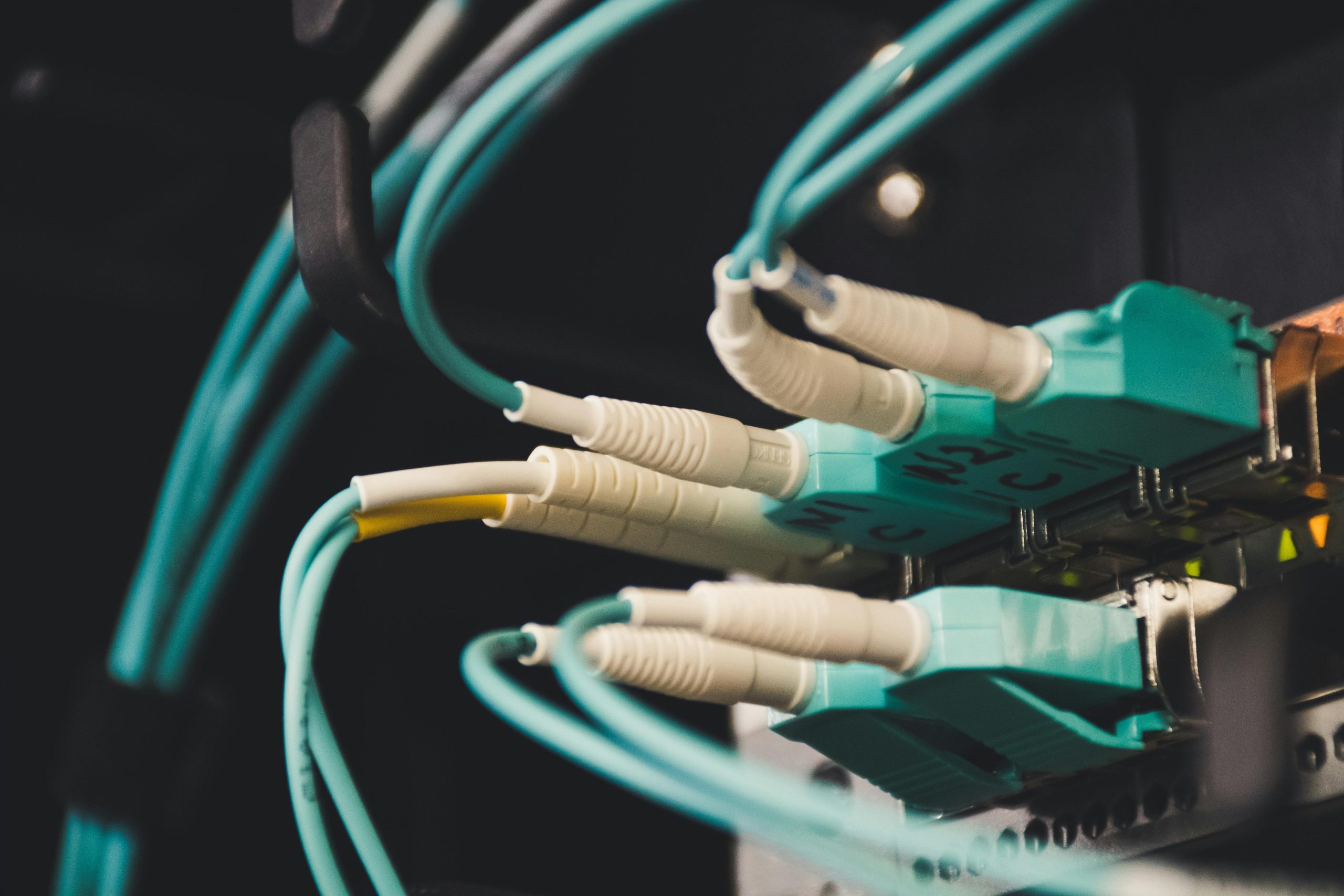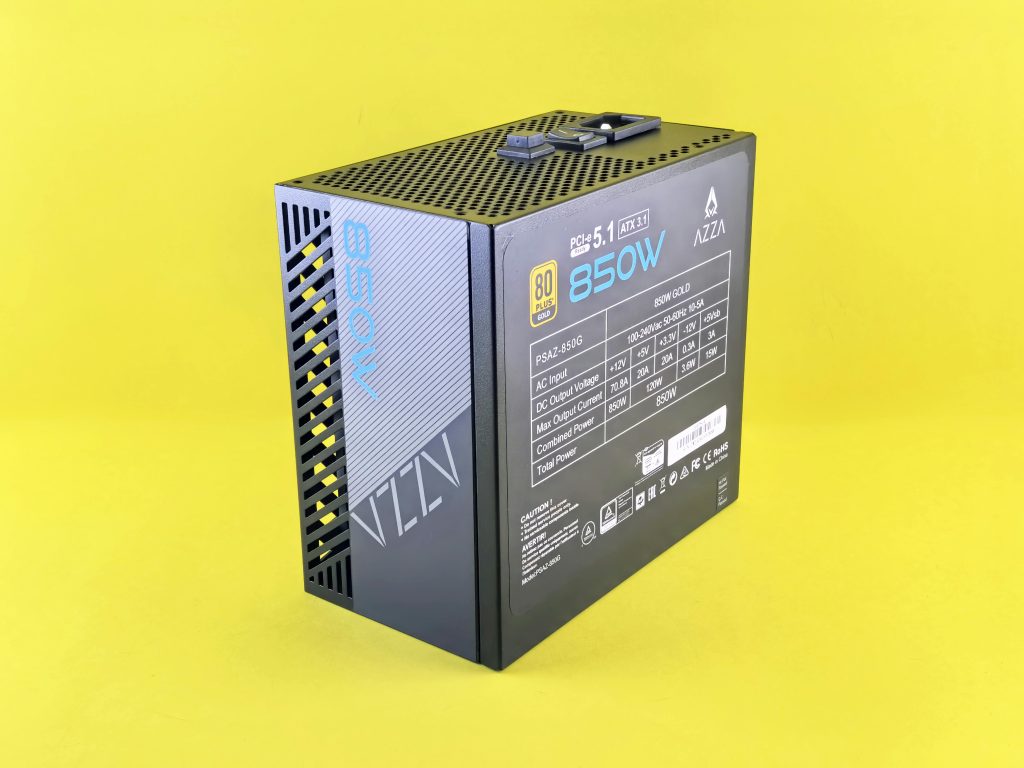Understanding Fluctuations in Ethernet-Based Broadband Speeds: Causes and Troubleshooting
In today’s digital age, a reliable high-speed internet connection is essential for both work and entertainment. However, many users experience inconsistent or fluctuating broadband speeds despite paying for premium plans. Recently, a case study highlighted significant variability when testing Ethernet-connected internet speeds, revealing potential underlying issues and considerations for troubleshooting.
Case Overview
The user in question subscribes to a 900 Mbps broadband plan but observed perplexing speed test results through a wired connection. Initial testing with a Cat5e Ethernet cable connected directly to the router yielded download speeds ranging from approximately 90 to 94 Mbps, with upload speeds tracking similarly. Subsequent tests showed substantial fluctuations: one day recording speeds as high as 750 Mbps down and 120 Mbps up, and a few days later dropping back to around 90 Mbps both ways. These inconsistent results persisted despite efforts to standardize testing conditions.
Possible Causes of Speed Fluctuations
Several factors can contribute to variability in broadband speeds, even over wired connections. Understanding these factors is crucial for effective troubleshooting:
-
Network Congestion:
External network traffic, especially during peak hours, can cause bandwidth throttling by your Internet Service Provider (ISP). This is often temporary but can significantly impact speeds during congested periods. -
Router Performance and Configuration:
Even with a reset and fresh boot, routers may experience firmware issues, hardware limitations, or misconfigurations that impair throughput. Outdated firmware or incompatible hardware can further exacerbate speed inconsistencies. -
Line Quality and Infrastructure:
Physical issues such as damaged cables, poor connectors, or interference can degrade Ethernet signals. Additionally, if your ISP’s infrastructure has bandwidth limitations or is experiencing faults, your connection could be throttled. -
Testing Methodology:
External factors, such as background downloads, device activity, or other network traffic, can influence speed test results. Ensuring tests are conducted in a controlled environment—after rebooting your router and closing all non-essential applications—is essential for accurate assessment. -
Hardware Limitations:
While Ethernet cables like Cat5e typically support gigabit speeds, older or faulty cables, or network interface cards (NICs) with limited capabilities, can bottleneck performance.
Troubleshooting Steps
To identify and potentially resolve the root causes of speed fluctuations, consider the following steps:
- Perform Repeated, Controlled Tests:
Share this content:



